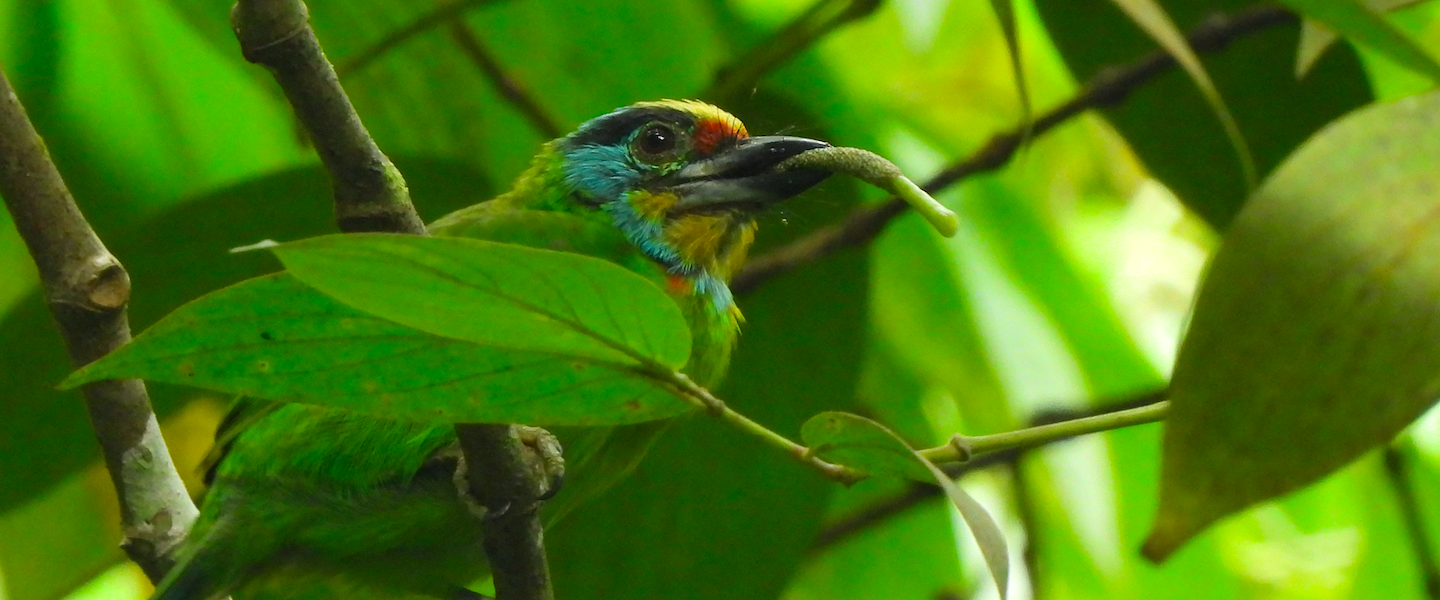Somiedo is a montane region in northern Spain renowned for its awesome scenery and an attractive offer for mammal watching. The grand finale of Darío Gijón’s master’s excursions has been a late spring trip to this municipality of Asturias, protected as a Natural Park and declared Biosphere reserve and Natural Park. We have been camping and hiking in the area for the last four days, following directions of master’s program director Javi Aznar, who sadly couldn’t make it this time.

We deployed most of our visit to scoping slopes and prairies for mammals. The region is renowned for being a stronghold for Cantabrian brown bear (Ursus arctos) and Iberian wolf (Canis lupus). However, Spanish Yellowstone had much more to offer, and we hiked different trails through montane lakes and beech forests.
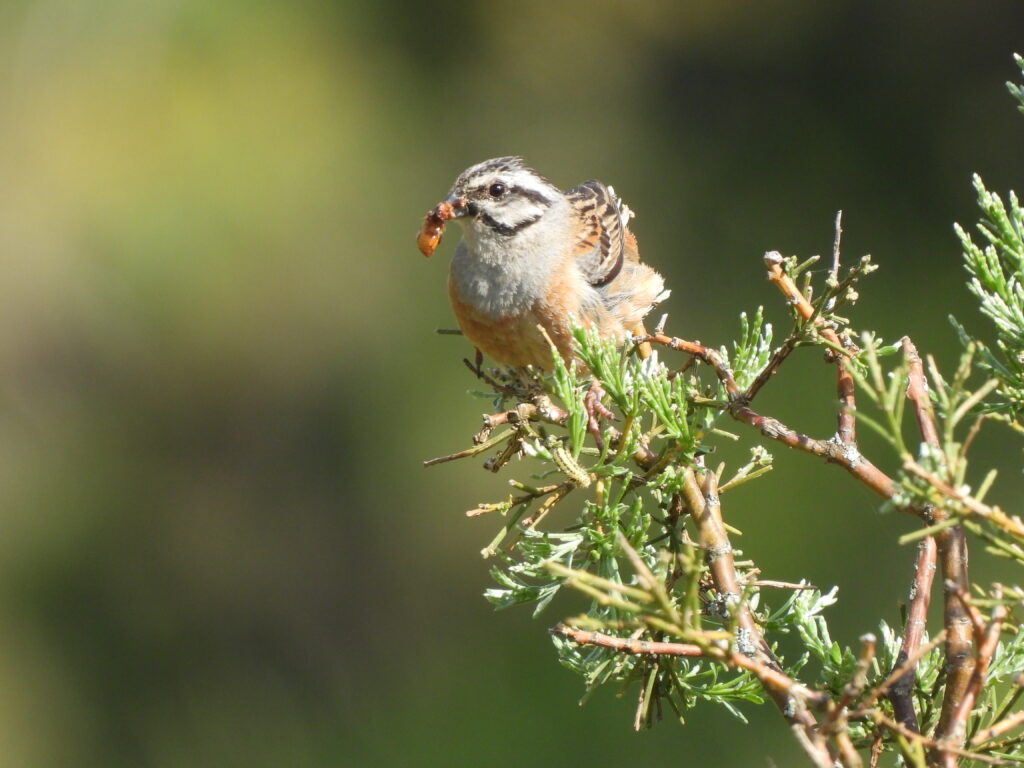
My favourite hike was up Saliencia lakes. Four glacial lakes scattered along the scattered terrain over the forest line were a joy to the eye, and harbored a good deal of biodiversity that we enjoyed looking for.
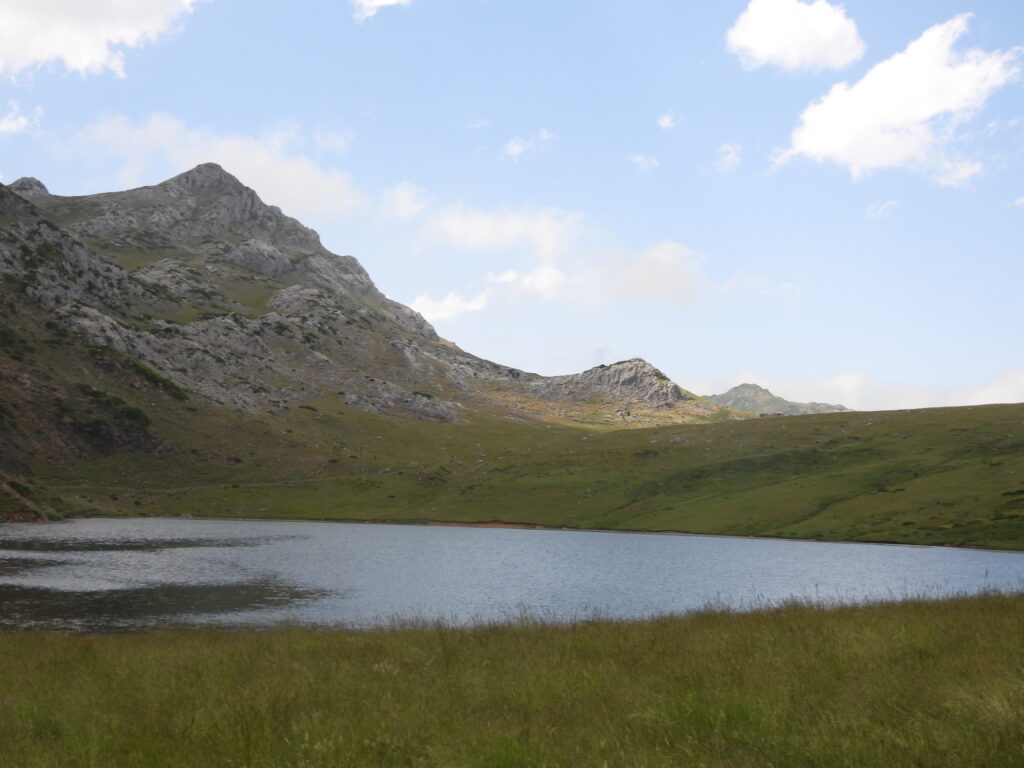
The parking area was already promising, delivering awesome views and our first encounters with two endemic herps: Cantabrian viper (Vipera seoanei) and Iberian rock lizard (Iberolacerta monticola). A food truck owned by two lovely locals offered fresh drinks and tasty food sustainably right at the beginning of the trail, and we enjoyed a chat with them at the end of our rote.

The grasslands were filled with orchids. Blooms of common spotted orchid (Dactylorhiza fuchsii), heath spotted orchid (Dactylorhiza maculata) covered partly flooded soils, while lizard orchids (Himantoglossum hircinum), pyramidal orchids (Anacamptis pyramidalis), burnt orchids (Neotinea ustulata) and fragrant orchids (Gymnadenia conopsea) were a colored highlight along slopes and trail sides.

We first arrived to beautiful Ḷḷagu la Cueva. The slopes to the lake were covered in a carpet of small shrubs favored by dunnocks (Prunella modularis) and singing wrens (Troglodytes troglodytes). We had a picnic lunch on the trail side.
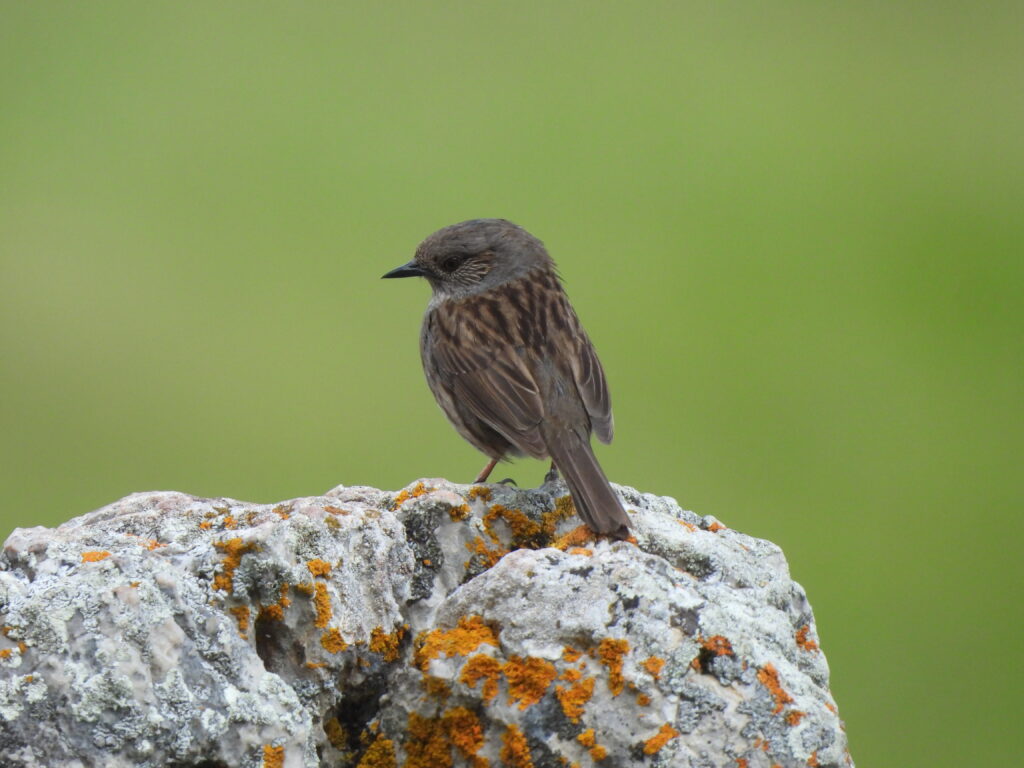
Suddenly, a stunning male common rock thrush (Monticola saxatilis) showed up performing a display flight and sang from top of a cliff right in front of the lake. This orange and blue stunner is increasingly harder to spot in some areas such as my home region, Alicante. The species seems to respond to global warming by shifting their nesting grounds uphill every year, and some classic spots become unsuitable for the species along their distribution range. This fact adds to the spectacular experience of watching a male of this beautiful species display in such an awesome scenery.

We resumed the hike walking uphill, with close range encounters with different territorial water pipits (Anthus spinoletta) and northern wheatears (Oenanthe oenanthe). Many of these birds carried preys to feed their youngsters.

An undisclosed shallow lagoon surrounded by an extensive flooded grassland proved to be a haven for amphibians. We had to be very careful not to step on one of the hundreds of spiny toads (Bufo spinosus) and likely Iberian froglets (Rana iberica) foraging close to the water. Besides these, we encountered common midwife toads (Alytes obstetricans) and efts of Alpine newt (Ichthyosaura alpestris) and palmate newt (Lissotriton helveticus).
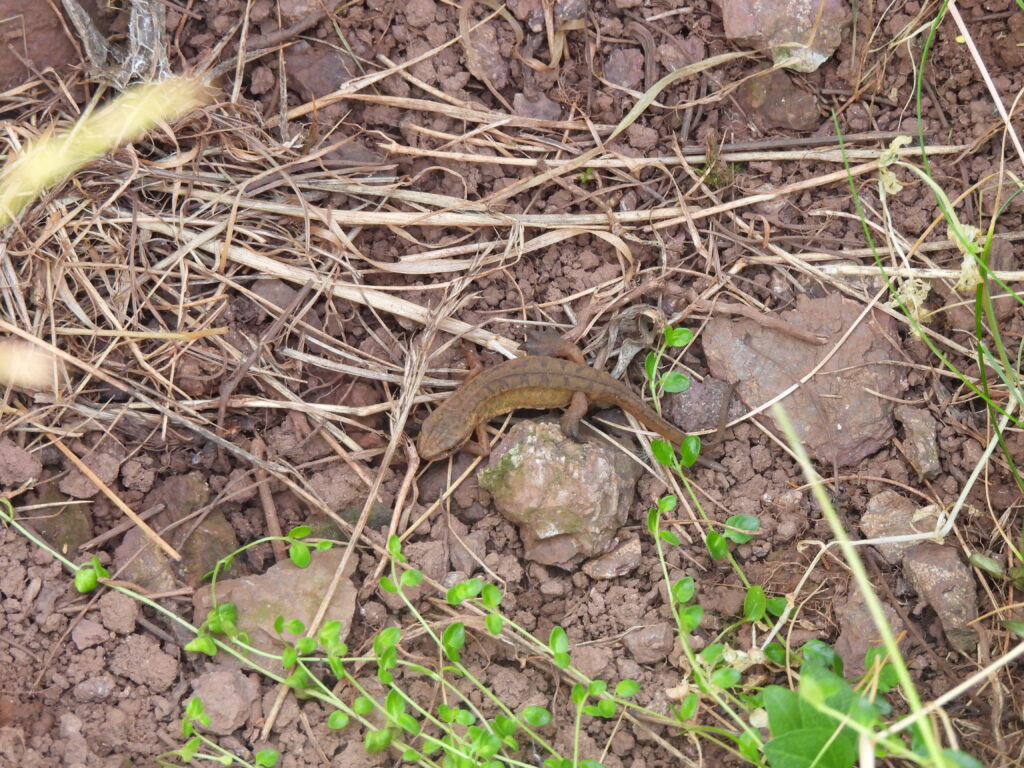
We kept on towards Ḷḷagu Cerveiriz and Ḷḷanegru, two other lakes uphill. Several raptors patrolled the slopes, including numerous griffon vultures (Gyps fulvus), common buzzards (Buteo buteo), European honey buzzards (Pernis apivorus), short-toed snake eagles (Circaetus gallicus) and Egyptian vultures (Neophron percnopterus), some delivering prolonged close views.
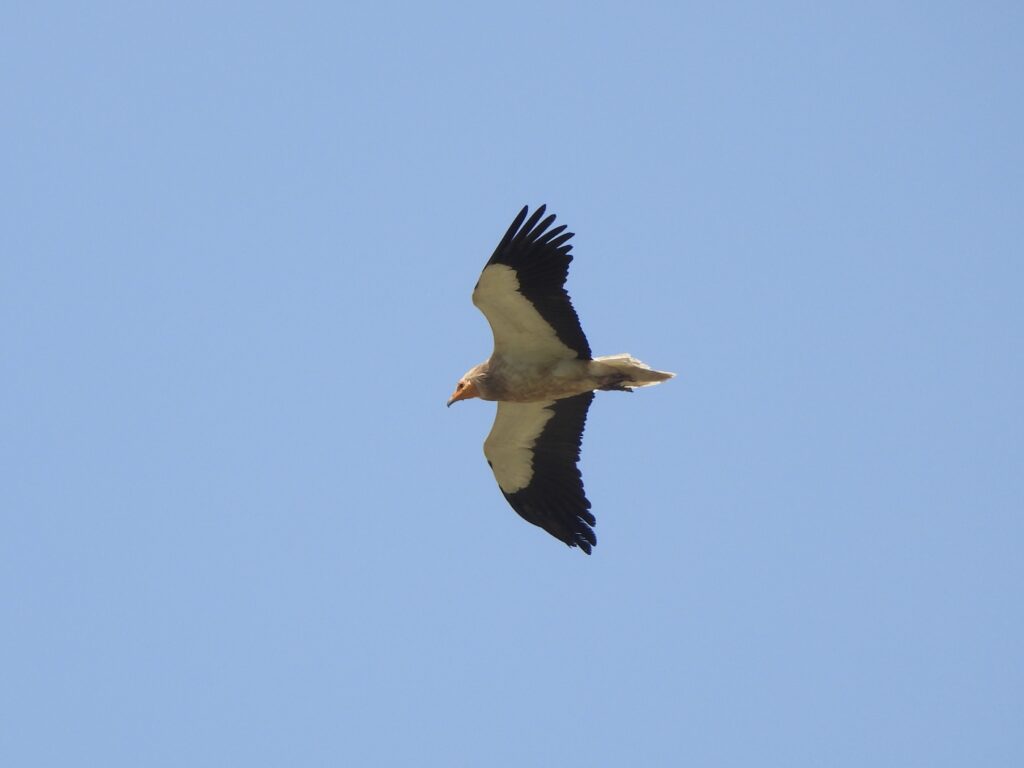
Something that struck me was finding lowland species in these altitudes. Indeed, mallards (Anas platyrhynchos) and little grebes (Tachybaptus ruficollis) foraged in the waters of these lakes and common quails (Coturnix coturnix) sang in the grasslands around them — all while we spotted some Pyrenean chamois (Rupicapra pyrenaica) in the slopes and had flocks of highland-specialist yellow-billed choughs (Pyrrhocorax graculus) mixed with red-billed choughs (Pyrrhocorax pyrrhocorax) flying over us.
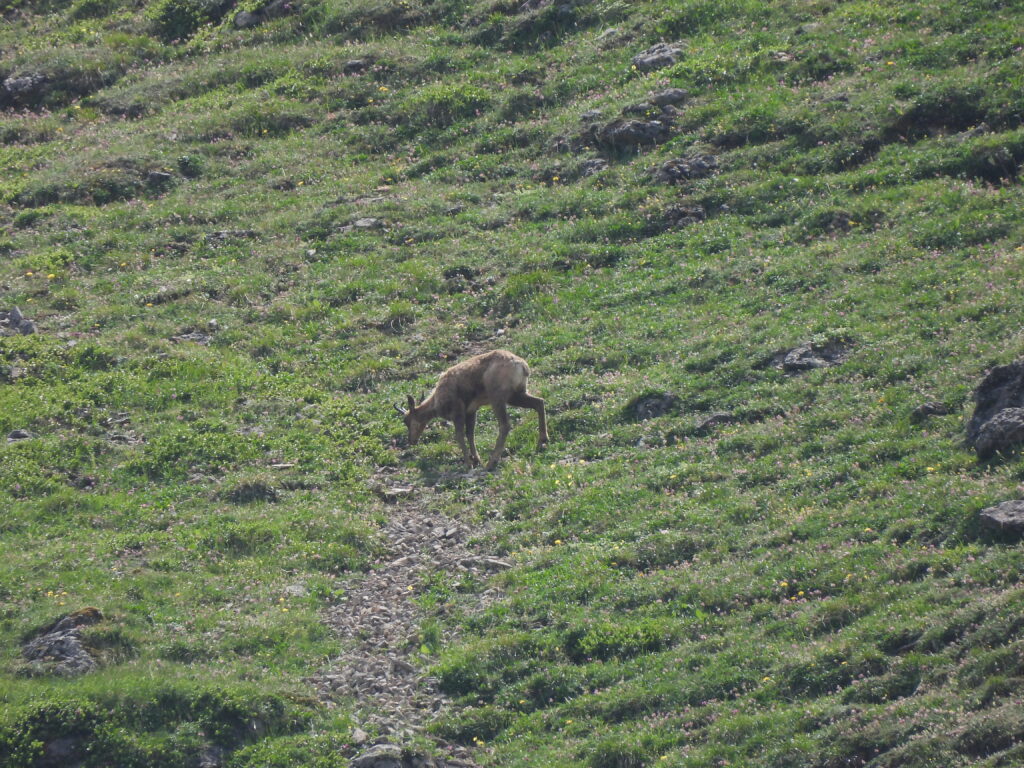
Summer is here to stay in my home region, and a break from the heat in the Cantabrian mountains has been a welcomed retreat. Combining new routes through beautiful montane landscapes while finding some avian and herp goodies does not get old!

